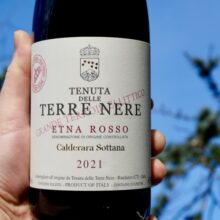
Product information
Terre Nere Santo ‘Calderara Sottana’ Etna Rosso D.O.C. 2021
$159
Description
When these landed I had to rip the lid off a 2021 Calderara Sottana & hook in!
It’s been a while since I’ve had a Contrade from Terre Nere. Straight out of the gate this is divine, a complete wine. Yet there is more to come with time in bottle.
Poised & balanced, gracing your palate with a gentle flow, it has seamless harmony in a wine of layered complexity. The fruit & acid, vital & energetic sate thirst. The tannins, mineral & chalky cleanse.
There is the faintist hint of oak barely perceptible that you have to concentrate far to hard to find.
Red fruits, baking spices, orange citrus, savoury hits, & much more are at play.
It makes for a great comparison with San Lorenzo which presents lythe as does the Pre-Phylloxera Don Peppino Lieu-Dit within the Calderara Sottana!
This vineyard is all rock, specifically volcanic pumice, and sits at 600–700 metres in Randazzo. This pumice attracts heat during the day and then emits it to the roots overnight. This is the steepest, hardest, rockiest vineyard and vines are between 50–100 years old.
Only three vineyards on the northern side of the volcano have pure ancient volcanic soils: Bocca d’Orzo, San Lorenzo and Calderara Sottana. Though young by geological standards, this is the oldest type of soil where it is possible to plant in the entire appellation.
This wine is incredibly evocative, with aromas of rust, orange peel, tobacco leaf and fresh red flowers. The palate is packed with dark red fruits and salted plums, and also spice and mineral notes, like graphite and asphalt – there’s a lot going on. The tannin structure is fine and grainy and the finish both long and sleek.
In stock
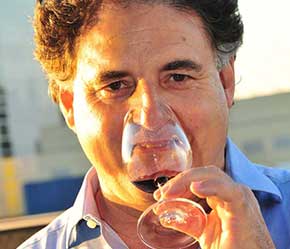 Apparently lightening never strikes twice. In Etna, with Passopiscaro and Terre Nere it has done so in emphatic style.
Apparently lightening never strikes twice. In Etna, with Passopiscaro and Terre Nere it has done so in emphatic style.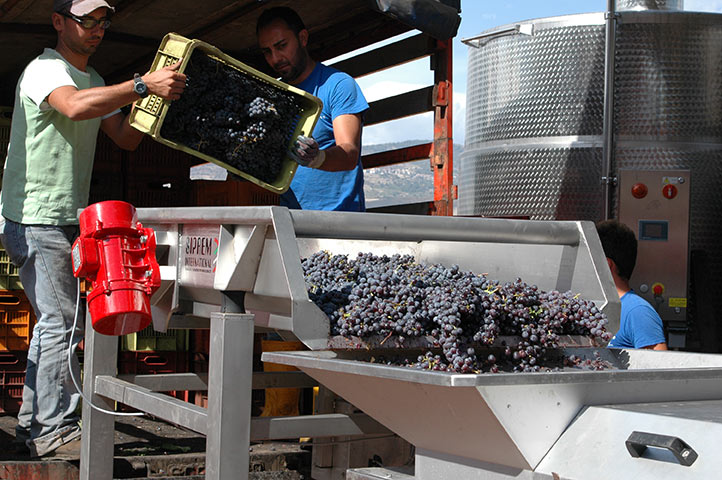
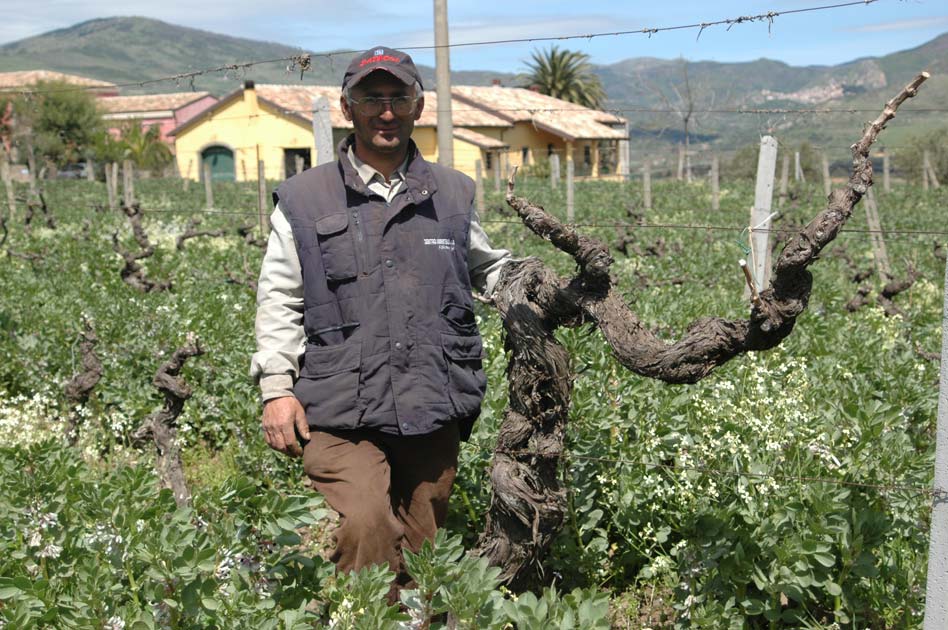
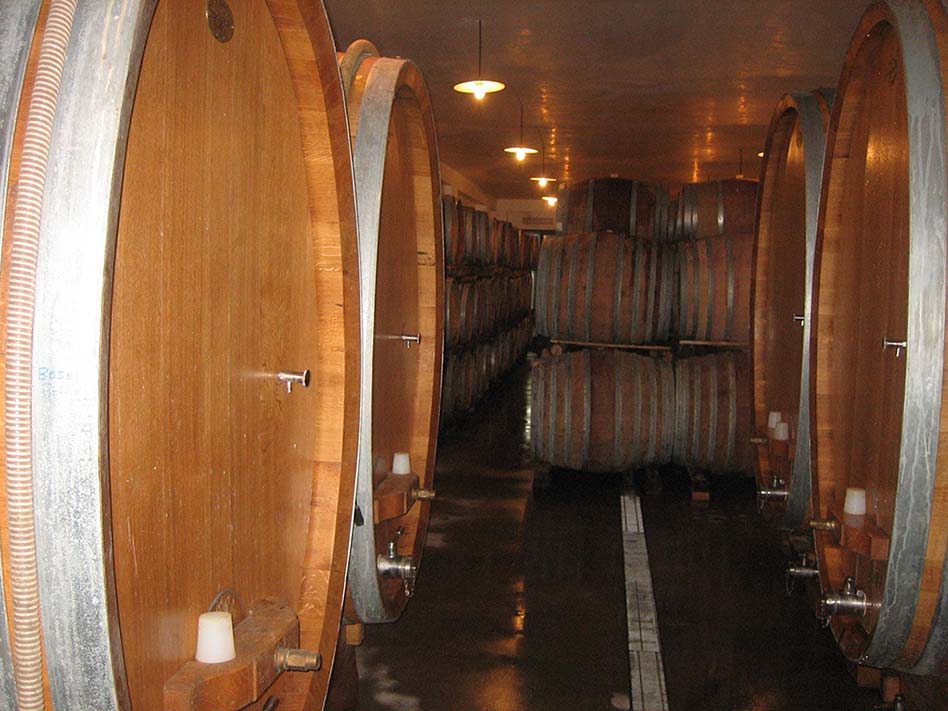
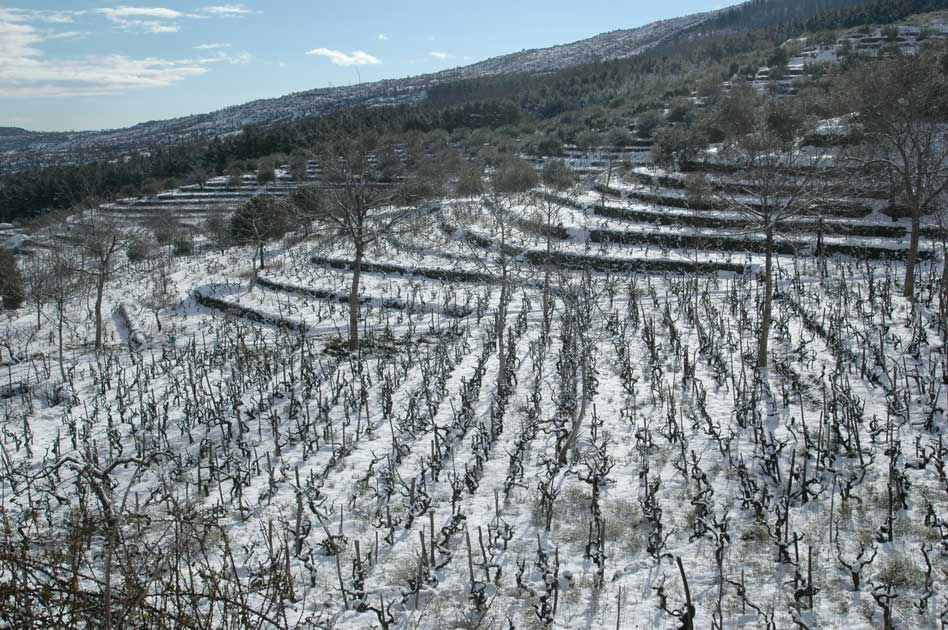
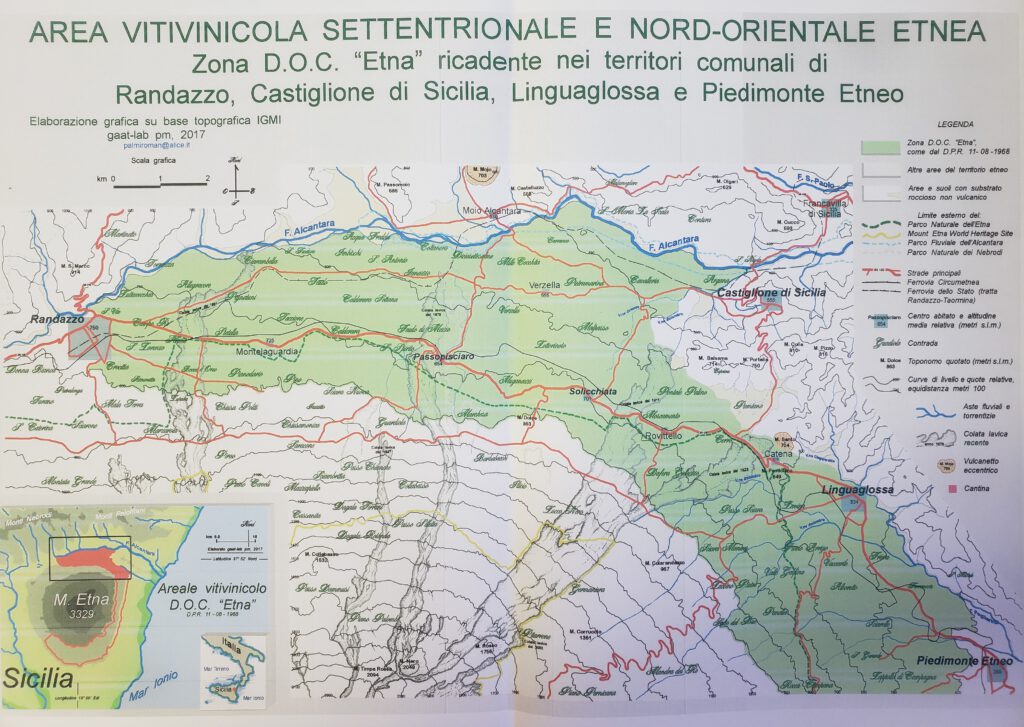
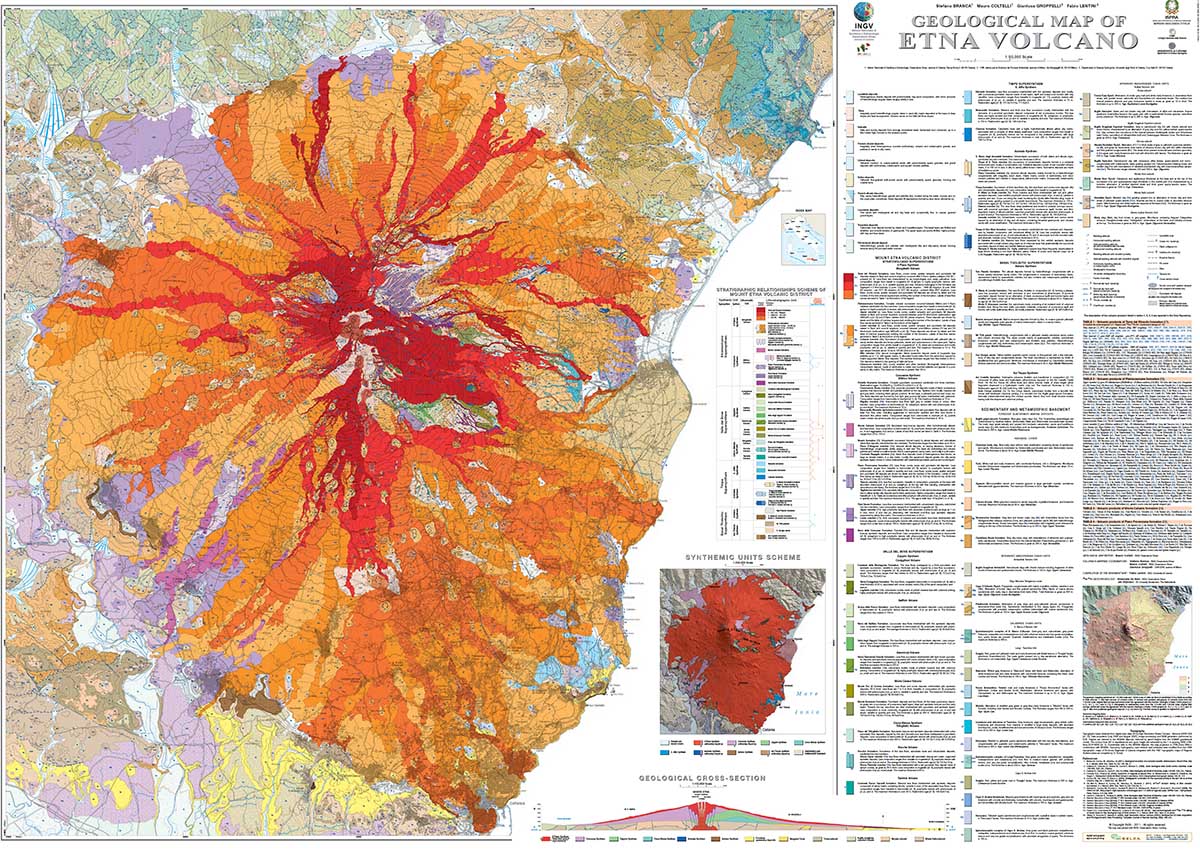
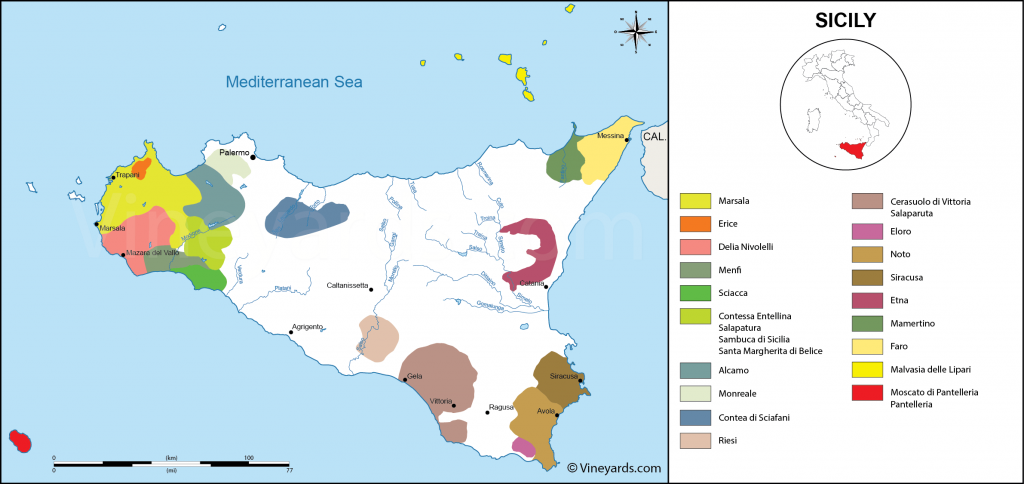

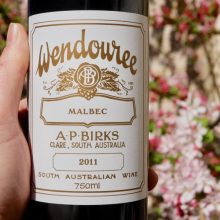

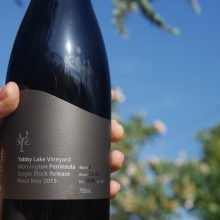
You must be logged in to post a comment.